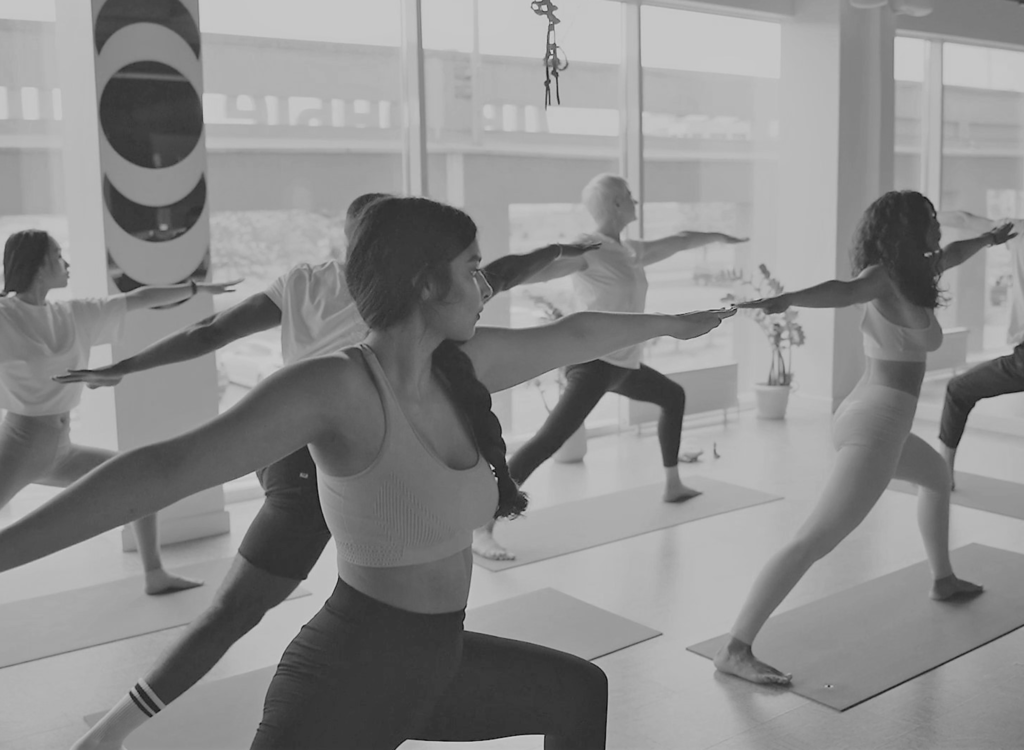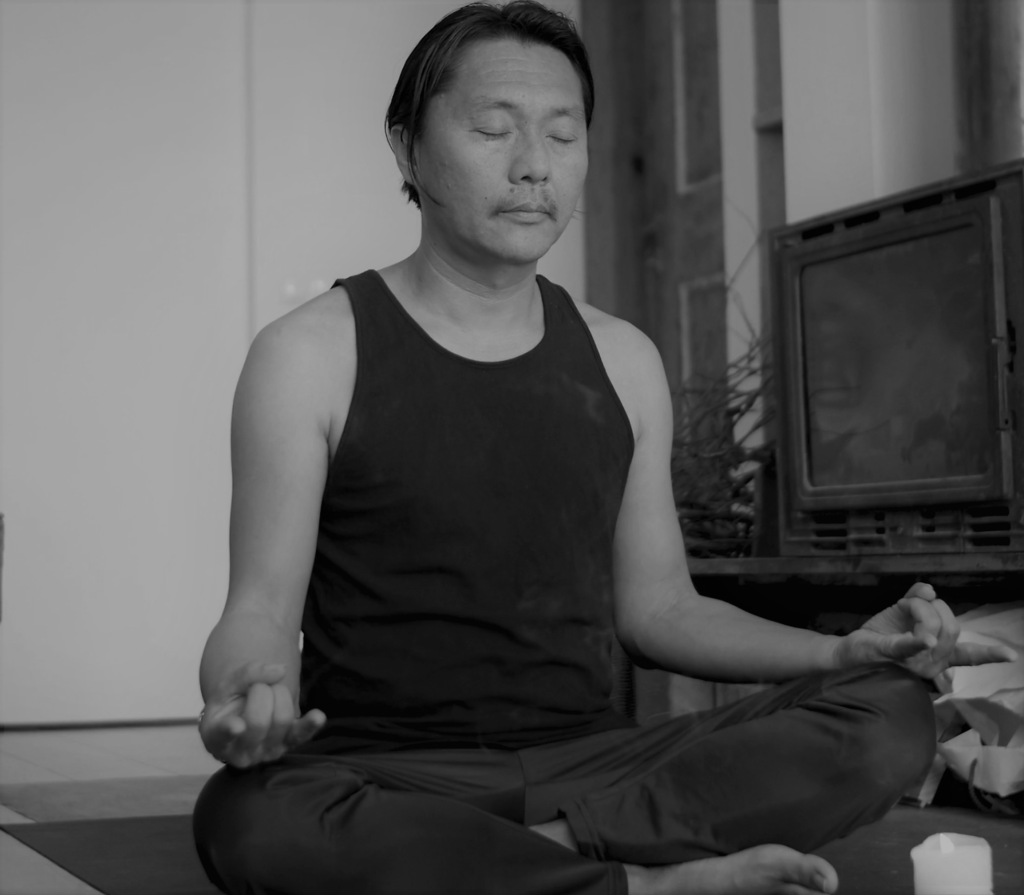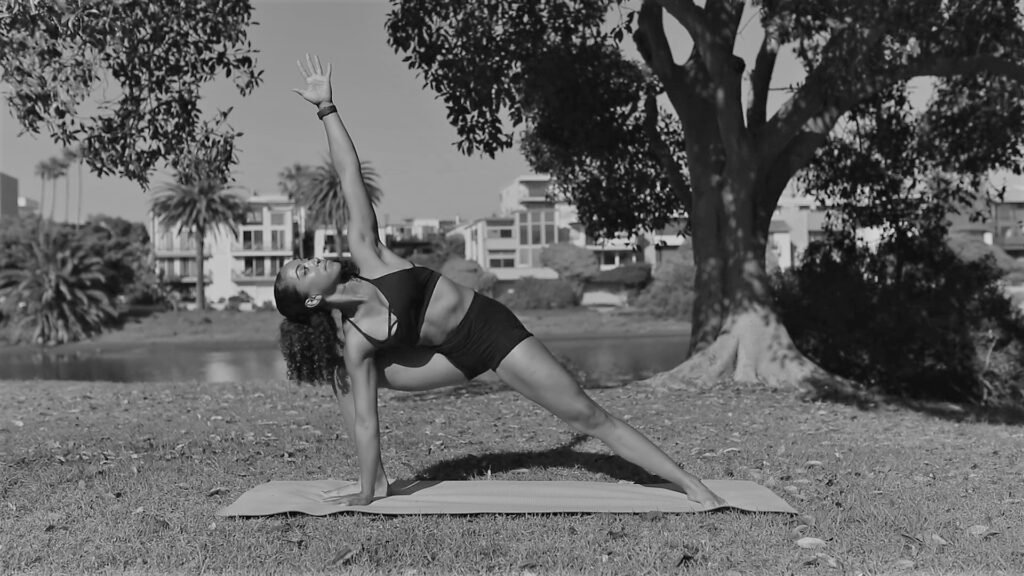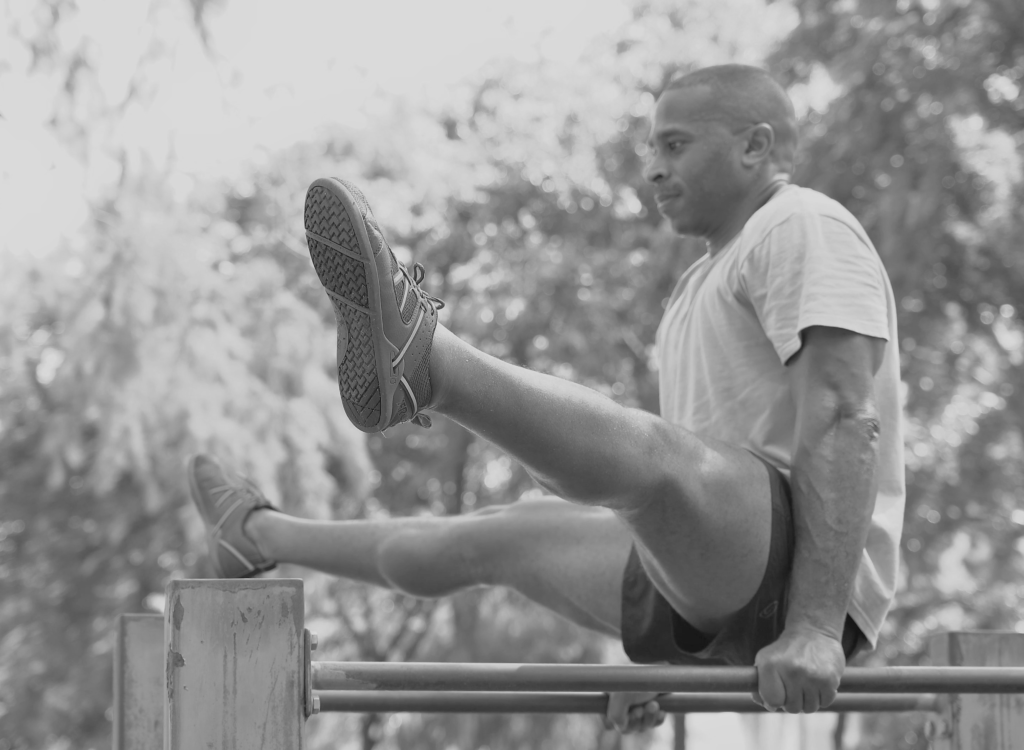We are pausing our yoga classes at this time and will offer a stretching class soon. We may return to offering yoga at a future date.
HAVE A QUESTION? PLEASE
WHY YOGA? - BECAUSE YOGA IMPROVES NEUROMOTOR FITNESS
WHY YOGA? - BECAUSE YOGA IMPROVES NEUROMOTOR FITNESS
YOGA AND NEUROMOTOR FITNESS
YOGA AND NEUROMOTOR FITNESS
- Your nervous system works with your muscles to move your body and improve agility and balance. Aging can cause a loss of balance and agility, increasing your chance of falling, therefore, when performing neuromuscular exercises older persons who are at risk of falling or have mobility issues will greatly benefit.
- Balance-enhancing activities, included in neuromuscular exercises, are recommended for adults. These exercises are included in yoga. Additionally, motor control, and proprioception can all be directly improved by engaging in low-impact, somewhat safe neuromotor exercise like yoga.
- Given the large body of research that supports yoga as a form of exercise that improves neuromotor fitness, we have included it in our training protocol.
- [Fig 1] Image is an example on a yoga class in session where participants are working on balance.
MOTOR DEVELOPMENT CLASS
MOTOR DEVELOPMENT CLASS
ADD PERSONAL TRAINING TO IMPROVE HEALTH AND SKILL-RELATED FITNESS
ADD PERSONAL TRAINING TO IMPROVE HEALTH AND SKILL-RELATED FITNESS
MUSCULAR STRENGTH FOCUS
MUSCULAR STRENGTH FOCUS
- Most individuals who participate in a physical activity program are usually performing exercises to improve their health-related fitness component.
- The health-related fitness components are Cardio-respiratory Endurance, Body Composition, Flexibility, Muscular Endurance and Muscular Strength.
- [Fig 2] Image is an example on a person performing a health-related fitness component exercise.
- The Dumbbell Bench Press is performed for 3 sets of 12-15 repetitions for improving strength in the chest, front shoulders and triceps (back of arms).
HEALTH-RELATED FITNESS EXERCISE
HEALTH-RELATED FITNESS EXERCISE
SKILL DEVELOPMENT FOCUS
SKILL DEVELOPMENT FOCUS
- Other individuals (mostly athletes) who participate in a physical activity program (using mainly exercise) are working to improve their skill-related fitness components.
- The skill-related components of fitness are Agility, Balance, Coordination, Power, Reaction Time, and Speed.
- [Fig 3] Image is an example on an athlete (gymnast) using the Monkey Bars at the park to improve his balance.
- From this position, he may go into an inversion to perform a handstand.







